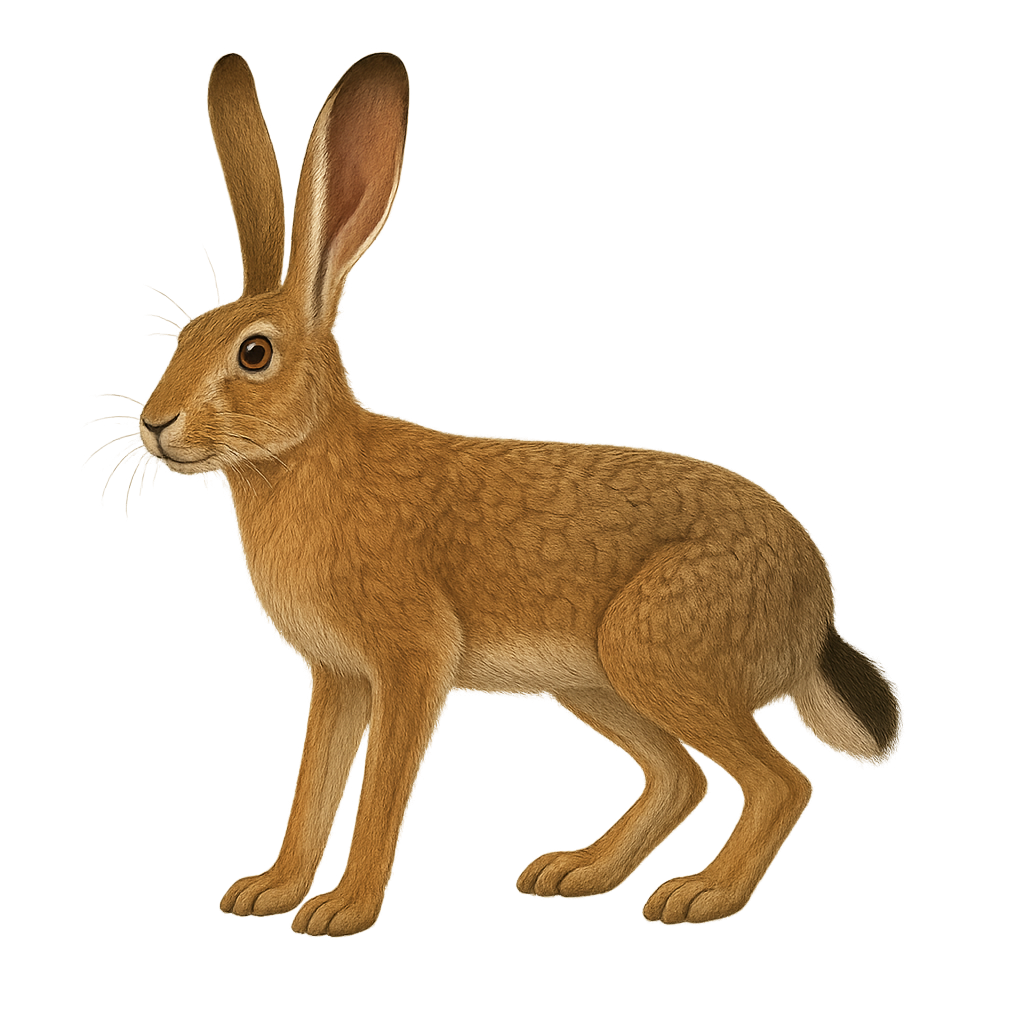Your wildlife photography guide.
Explore the cape hare in detail, study its behavior, prepare your shots.
Where to observe and photograph the cape hare in the wild
Learn where and when to spot the cape hare in the wild, how to identify the species based on distinctive features, and what natural environments it inhabits. The WildlifePhotographer app offers tailored photography tips that reflect the cape hare’s behavior, helping you capture better wildlife images. Explore the full species profile for key information including description, habitat, active periods, and approach techniques.
Cape Hare
Scientific name: Lepus capensis

IUCN Status: Least Concern
Family: LEPORIDAE
Group: Mammals
Sensitivity to human approach: Suspicious
Minimum approach distance: 30 m
Rut period: January to October
Gestation: 42-44 jours
Births: February to November
Habitat:
Arid zones and open savannas
Activity period :
Mainly active at night, generally discreet during the day.
Identification and description:
The Cape Hare is a large herbivorous mammal native to sub-Saharan Africa, particularly found in open areas, savannas, and semi-arid regions. It measures between 50 and 70 cm in length, with a tail of 10 to 12 cm, and weighs between 2 and 4 kg. Its coat is generally light brown or gray with a lighter belly, allowing it to blend effectively into its environment. The Cape Hare is a nocturnal and crepuscular animal, primarily feeding on plants, grasses, fruits, and roots. While it is a fast runner, reaching speeds of 50 to 60 km/h, it prefers discretion and often remains hidden during the day in bushes or tall grasses. This hare is also known for its ability to remain motionless and quickly adapt to its surroundings, making it difficult for predators to spot. While the species is relatively common, it can be threatened by habitat loss and hunting.
Recommended lens:
400 mm – adjust based on distance, desired framing (portrait or habitat), and approach conditions.
Photography tips:
Approach discreetly and slowly, as African hares are often alert and may flee quickly at the slightest disturbance.
Photograph early in the morning or late in the afternoon, when the light is soft and the hares are more active.
Be patient: Hares often spend time feeding or resting, so wait for a moment when they move or interact with their surroundings.
Capture moments of movement: Hares are fast and can be photographed when they run or change direction suddenly.
The African Hare is not currently at risk, but it is important not to disturb this vulnerable animal during its resting or foraging times. Be sure to respect its space and natural habitat, and follow local rules to avoid causing stress.
The WildlifePhotographer App is coming soon!
Be the first to explore the best nature spots, track rutting seasons, log your observations, and observe more wildlife.
Already 1 439 wildlife lovers subscribed worldwide

